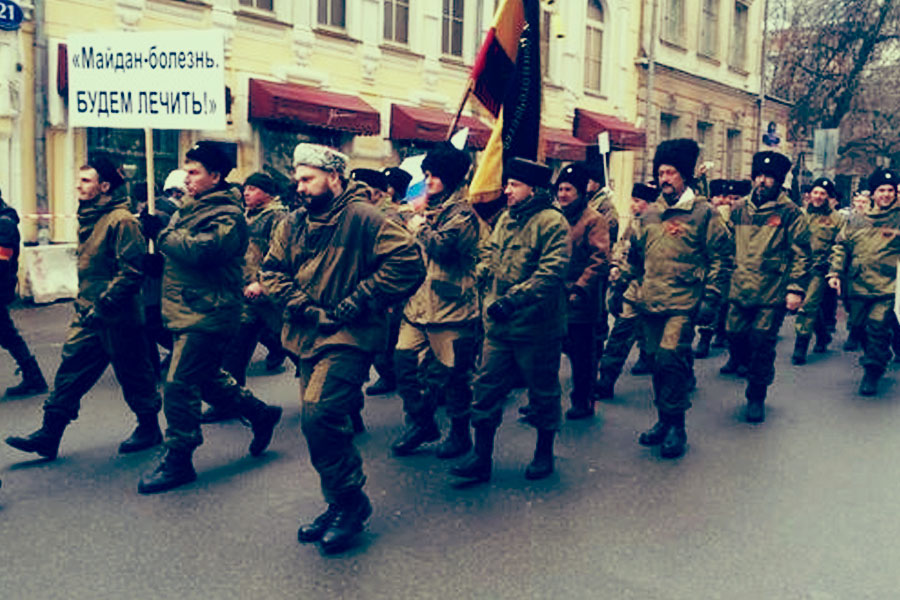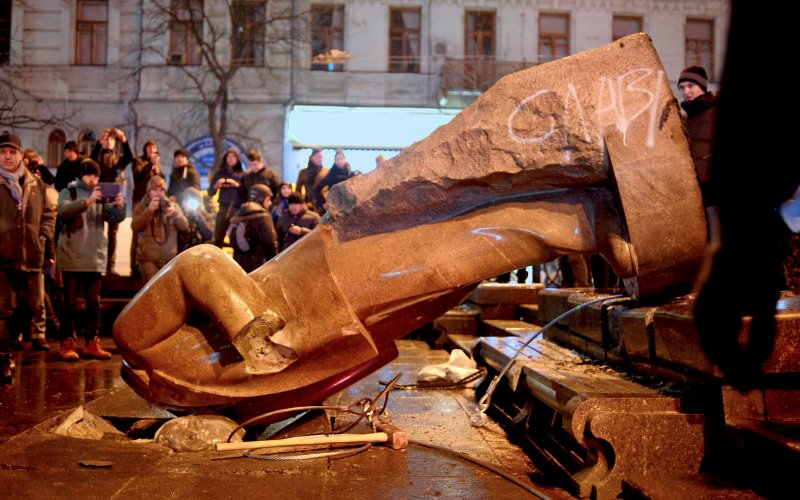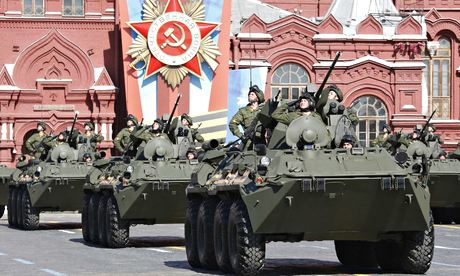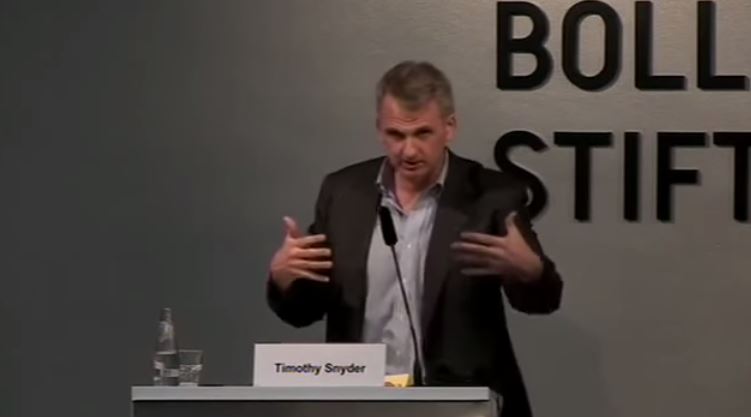Positive developments with regard to radical extremist Russian nationalists during 2014 – including a falloff in the number of attacks on immigrants – were not the result of state policy but rather the refocusing of the attention of such people on events in Ukraine, according to SOVA Center’s annual report on such groups.
The detailed, 28,000-word report from the human rights NGO concludes that there is reason to fear that “these changes also carry with them an extremely serious potential threat” and that the current situation may be “a calm before the storm,” which is the title the monitoring group gave to its report this year.
“The turn of Russian official policy and propaganda to the side of greater traditionalism, authoritarianism, and militarism is creating fertile soil for the assimilation of nationalist ideology,” the report says. While the state is thus becoming “a serious competitor” to the nationalists, the latter can exploit ideas the regime is promoting among the broader population.
And another “major potential problem,” SOVA
says, consist of the “tens of thousands of Russian citizens, not all of whom are nationalists who are participating in the war in Ukraine.” Once they return home, they are unlikely to forget their military skills and may want to use them to promote their agendas in dangerous ways.
Consequently, the SOVA report concludes, it is not appropriate to talk about any decline in radical nationalism but rather “about a significant activation of right radicals in Russia in the middle term” and to recognize that this growth will present the country with “some kind of new form of radical nationalism,” one likely to be even more threatening than in the past.
As for Russia as a whole, so too for the Russian radical nationalists, 2014 was a turning point. The latter focused ever less often on immigrants and focused instead almost entirely on Ukraine, something that split the ranks of many Russian nationalist groups with some backing Moscow’s policies and others opposing them.
“Such a serious crisis in the movement, the complete domination of the Ukrainian theme in the media, and possibly official ‘anti-fascist’ rhetoric connected with Ukraine as well had an extremely negative impact on all traditional types of the activity of the ultra-rightists,” reducing the number of actions “’against ethnic crime’” and similar cases.
To a significant degree, “the movement of Russian nationalists ‘lost its voice,’” SOVA says. Those who supported Moscow’s actions in Ukraine were often absorbed into broader regime-organized movements, and those who opposed them were in many cases marginalized even among those who had been their supporters.
That helps to explain why “in 2014, the criminal activity of the ultra-rightists was lower than a year before, although the number of murders [its supporters carried out] turned out to be higher,” SOVA says. But this “quantitative reduction in force” is almost certainly going to prove “temporary.”
That is because it appears to be explained by the fact that “part of the militant ultra-nationalists have for the time being turned their attention to events in Ukraine, and some of the most aggressive of them have gone there to take part in military operations.” It does not, SOVA
stresses reflect an improvement in government efforts, although some radical nationalists were arrested and imprisoned over the course of the year.
“The federal list of extremist materials” continued to grow, albeit “somewhat less intensively than earlier but with just the same number of errors and repetitions,” the report says; and it points as well to the use of non-judicial measures to add to the list.
For all these reasons, SOVA says, there is no reason for optimism about the future, especially given that many of the extreme Russian nationalists are now shifting their attention away from Ukraine to the so-called “fifth column” at home, whose members they can attack, possibly with government backing.





